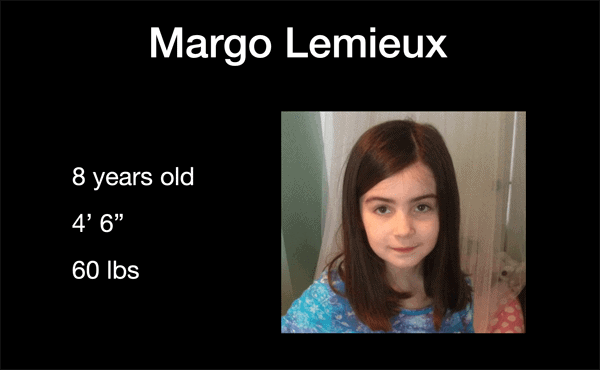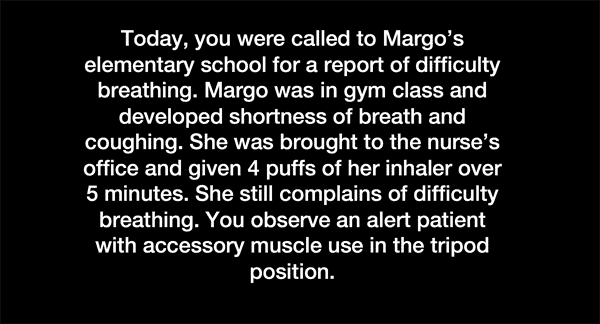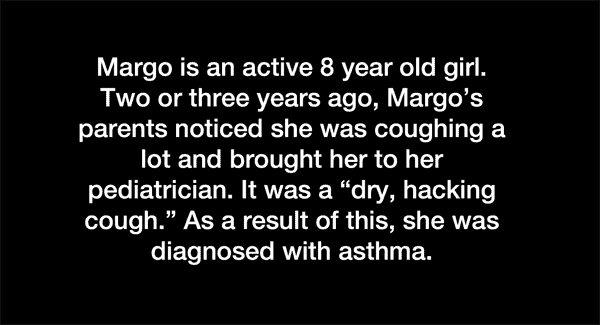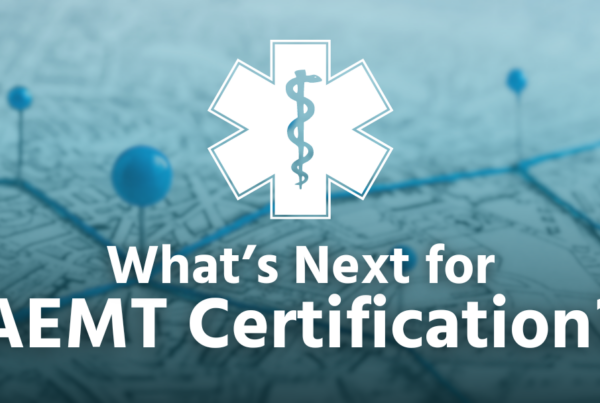By Dan Limmer
I’ve begun teaching an AEMT course this semester. It is a hybrid and flipped class. To make the course even more interesting, it is also beamed to a second location.
What could go wrong?
The first week it was technology. The remote location had a technical problem and had to switch computers at the last minute. As a result, it was a less than expected experience for the attendees at that location. We remedied the problem with a dedicated computer with a camera and microphone.
The lesson: get the tech set early, have a back-up plan, and have a staff member on-site in the beginning to troubleshoot.
The class itself is about 80 hours. Students need to read the material before each course and use the learning management system to complete a quiz before coming into class. Since the two locations are coming together, the information on the required texts didn’t get to everyone. Some were late in getting textbooks and are behind.
The lesson: be sure students get information on texts early—or include the textbooks in the course price and handle it for them. Falling behind in reading at the beginning is costly in a quick course.
Flipped Classroom Concepts
There is some good news. I am using a flipped classroom philosophy, with much of the flipped concept done in a case-based format. I like the way that is going. I want to share one of the cases and explain how it worked.
I introduce patients with names and photos. It makes them more real in a case-based format. (slide 1).

Provide some demographics and history on the patient. The key is to give enough information…but not too much (slides 2 and 3).


The demographics and history pave the way for the questions (slide 4). Remember that the students have read the book (if not, they have to speed read in class) and I do allow computers, tablets, and phones in class for research. The students are coached on relevant and credible sources.
The case-based questions have two primary purposes:
1) Have students explore and apply the material they have read in a clinically relevant format
2) Provide a vehicle for me to add additional information during moments of interest (teachable moments). Using these questions as a vehicle, I was able to discuss differences in asthma between adults and children, medical-legal issues in the nurse’s office, differential diagnosis and decisions making, patient management, and more.

I believe students learned much more than if they were asked to learn the same material from a slide presentation. I also observed the students asked excellent questions like, “Would I still be able to give albuterol if she didn’t have a history of asthma?” They were thinking and applying. Very exciting.
There was a second case with an older patient with conflicting cardiac/respiratory/COPD symptoms. We continued our discussion on respiratory and included more differential diagnosis and a variety of conditions (spontaneous pneumothorax, pulmonary embolus, and more). Both cases were worked on in groups. We did individual work followed by a discussion using an exercise where students had to make oxygen delivery choices on a variety of patients.
Coming full circle, I projected a weekly challenging NREMT question and also gave a challenging 15 question quiz highlighting three things: the material from last week, the material from their required reading and any material from the EMT curriculum. The quiz focused on pathophysiology and also included 3 NREMT-style questions to get their heads in the game.
I will report on the cases and events of next week from my hybrid, flipped, remote AEMT adventure.



Is there somewhere I can go to take Aemt online.
Hi Clint- There are not as many online programs for AEMT as EMT and Paramedic. Check out this one: http://percomonline.com/advanced-emt-course. It is a program that is accredited by CoAEMSP/CAAHEP and offers an online AEMT course (as an introduction to paramedic). You might also want to call your state EMS office and see if they have any suggestions as well.